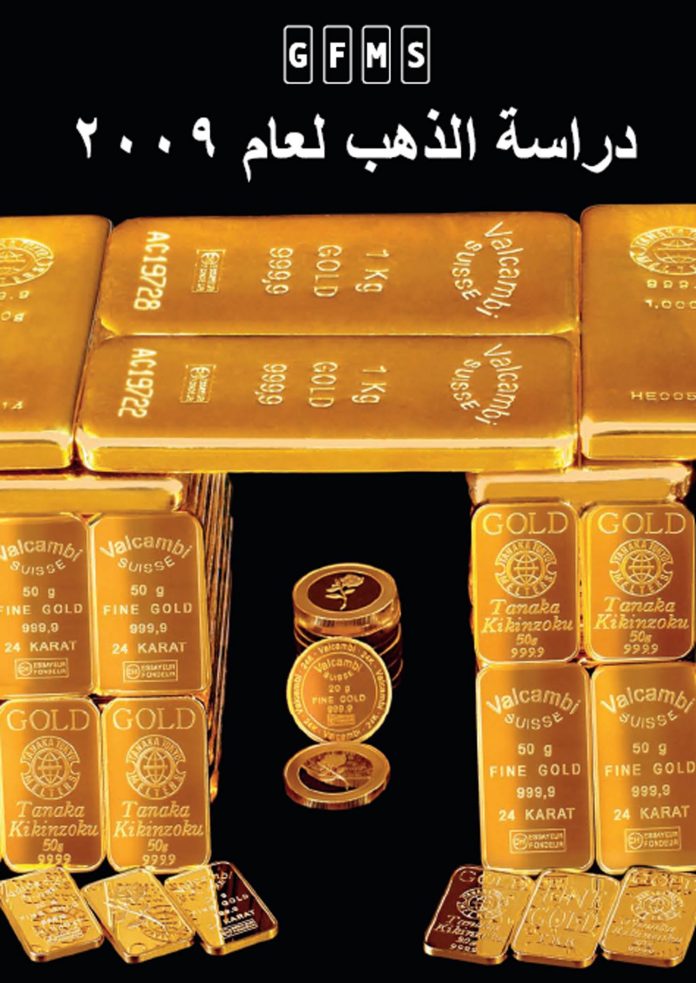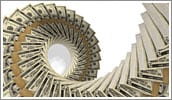
Just what do those bridges and windows on Euro banknotes mean…?
So in trying to match ancient Rome’s monetary reach, the Euro is running pretty much neck-and-neck with the almighty Dollar.
Some €898 billion of printed notes, plus €23bn in coin, were in circulation at end-July 2012, says the European Central Bank. By value, that just pipped the amount of physical US Dollars in circulation – put by the Federal Reserve at around $1.1 trillion. One third of those Euros took the form of €500 banknotes, the highest-value note now in circulation worldwide, and the gangster’s money of choice everywhere. But all told, the Eurozone’s population, together with the 6 other states now using the single currency, still lags the official Dollar zone, 334 million to 339 million.
Perhaps it was such hairs-breadth distinctions that European Central Bank president Mario Draghi had in mind when, on Wednesday – and writing in Germany’s Die Zeit – he called the Euro “the world’s second-most important currency.” Still, such wide-spread use 1,500 years ago was “a mark of the power of the Romans, which God has given them,” wrote ex-merchant, hermit and cartographer Cosmas Indicopleustes – referring to the Byzantine empire, run from Constaninople.
“It is with their nomisma [money] that every nation conducts its commerce…It is acceptable in every place from one end of the earth to the other.”
Yet on Christendom’s money today, there is no Christ Pantokrator. On Eurozone banknotes, in fact, there isn’t a human or even animal likeness at all, whether “all powerful” or otherwise. No owl of Athens, Prussian Eagle or Spanish lion. No monarch, president or other sovereign leader, dead or alive. Because of course, this faceless monetary union currently lacks a sovereign – historical or living – beyond the dry signature of the European Central Bank chief himself.
The Euro symbol itself however, when decided in 1995, was chosen by the nearest thing Europe had to a basileus. “The European Commission organised an internal competition to come up with the symbol,” the EC explains. “Some 30 drafts were considered – ten of which were tested on the public – and the final design was selected from two short-listed proposals by the then President of the Commission, Jacques Santer, and Commissioner Yves Thibault de Silguy.”
And its meaning? Inspired by the Greek letter epsilon, says the EC, the Euro symbol “also stands for the first letter of the word ‘Europe’ in the Latin alphabet, while the two parallel lines running through the symbol signify stability.” Never mind that in economics, the Greek letter epsilon is used to denote elasticity – or an error in statistics, an empty string in computer science, or an arbitrarily small quantity in calculus. Because lacking the emperor’s image, the Euro’s founders asserted plenty of other meanings in their money, too.
Standardized right across the 17 nations of the 330-million citizen union – and issued copyright the European Central Bank only – the seven denomination of Euro banknote were apparently “inspired by the theme ‘the ages and styles of Europe’ and depict the architectural styles from seven periods of Europe’s cultural history,” says the ECB. Not wishing to privilege (or ignore) any particular national monument or building, however, none of the gateways and windows on the front, nor the bridges on the back are real. Instead, they are “stylised illustrations”, explains the European Central Bank, “not images of, or from, actual constructions.” The Eurozone’s money thus shows the form of windows and bridges – meant to “symbolise the European spirit of openness and cooperation…[and] communication” – but not from any true example. How’s that for Platonic idealism? The model currency bears model images only, the form alone of its chosen symbols.
In early medieval Europe, in contrast – and even where Christianity hadn’t yet reached – the model was all very human, and the god-given strength of the monarch took very imperial form. On his Gold Coins of the early 9th century, in fact, “It is extraordinary how the Bulgarian khan, a pagan and fierce persecutor of Christians, chose to be depicted,” write Eurydice Georganteli and Barrie Cook in their short 2006 history for the British Museum and Barber Institute, Encounters. Dressed as a Byzantine emperor, Omurtag carries both an akakia – a roll of cloth holding dust and symbolizing man’s mortality – and a sceptre topped with of all things a cross!
Symbols still matter on money today. Witness Argentina’s latest 100-Peso note, marking the 60th anniversary of Eva Peron’s death, and unveiled by the would-be modern Evita – facing economic unrest and protests of her own – President Cristina Fernandez. Or look at the Scottish £10 note, issued this May by the British taxpayer-owned Royal Bank of Scotland to mark the Diamond Jubilee of Great Britain’s Elizabeth II. That was no small gesture after Edinburgh’s devolved government had in January set the date for a national poll on Scots independence as autumn 2014, the 700th anniversary of Robert the Bruce’s famous victory over the English monarchy at Bannockburn.
“The right to coin money has always been and still remains the surest mark and announcement of sovereignty,” wrote 19th-century numismatist Alexander Del Mar. Unreliable he may be on details, but Del Mar had studied money and coinage from the earliest Roman examples, and in the sweep of history his conclusions still stand. Modern scholars can’t stress enough the link between political power and money either, as we saw last week. Yet barely a decade ago, “The Euro was launched as a ‘currency without a state’ to preserve the sovereignty and diversity of member countries,” says the European Central Bank chief Mario Draghi. And a currency without a sovereign was unlikely to avoid trouble for long. Much less a currency desperate to avoid upsetting the sovereign pretensions of its member states.
Yes, the Euro’s small change can carry a face or an animal – a concession from Frankfurt and Brussels to the Eurozone’s 17 nations which all too loudly echoes Emperor Justinian I’s edict of the mid-sixth century to his subject princes. Austria, Belgium, Cyprus and the rest may mint coins – today’s silver and bronze – but not the higher value banknotes. Coin can only be produced within agreed limits too, as set by the European Central Bank, and with a national design on one side only.
So here is Austrian pacifist Bertha von Suttner, King Albert of Belgium, or Zeus abducting Europa on Greece’s cents and €2 pieces. But on the other side is always one of three maps of the wider Eurozone, variously showing “Europe in relation to the rest of the world…the Union as a group of ‘individual’ nations […or] the same group of nations integrated into a whole.”
Never mind that odd use of quote marks around ‘individual’. Because on any unit worth €5 or more, all national marks are barred anyway outside the serial number, printed on the back. That puts the commissioning nation’s “sovereign” status about on a par with the banknote’s printers, who also get a unique identifier – a code of their own inside a star. So look closely and here is an “N” for Austria, a “Z” for Belgium, a “V” for Spain. The Hapsburgs are nowhere.
Today’s emperor-bureaucrat Mario Draghi at least gets his signature onto the notes. Proclaiming “The future of the euro: stability through change” in Die Zeit today, Draghi is at pains to repeat how fixing the Eurozone crisis “does not require a political union first…We do not need a centralization of all economic policies.” Yet for fiscal policy, Draghi adds straight after, “we need true oversight over national budgets.” Which sounds like a plain loss of national sovereignty to English ears. No doubt Scots feel the same. And whatever Greece, Spain, Ireland or Portugal might make of the Euro’s symbols today, all too often bridges and windows are what people jump from when they just can’t take any more.
* By Adrian Ash – head of research at BullionVault – the secure, low-cost gold and silver market for private investors online.



































